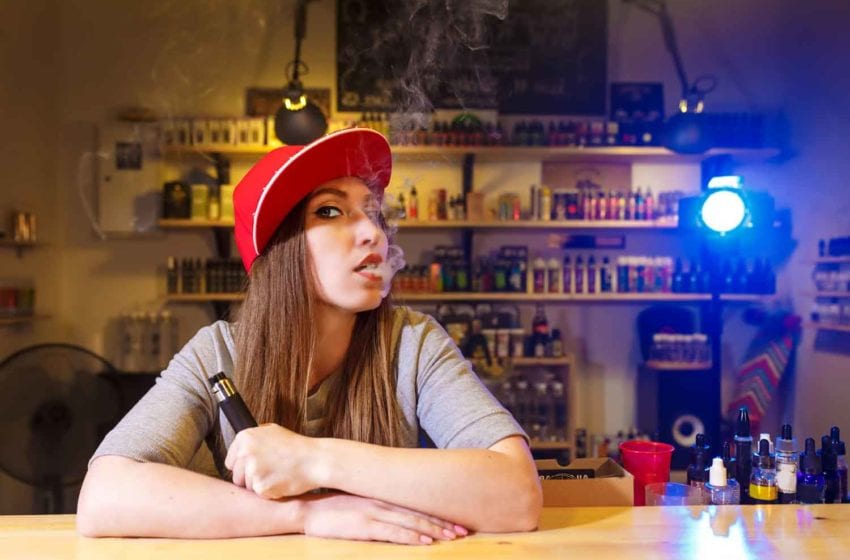
Nearly 11 percent of U.S. high school students used e-cigarettes frequently in 2019, according to the most recent Youth Risk Behavior Survey (YRBS), which was released by the Centers for Disease Control (CDC) on Aug. 20.
The YRSB defines “frequent” use as consuming a product on at least 20 of the 30 days preceding the survey. It also distinguishes “ever” use and “current” use (at least one day during the 30 days prior to the survey).
The YRBS found that 32.7 percent of high school students were current e-cigarette users in 2019, up from 24.1 percent in 2015. Six percent of high school students were current cigarette smokers in 2019, down from 27.5 percent in 1991. Of these 6 percent, 22.2 percent were frequent users.
Current smokeless tobacco use was 3.8 percent among high school students last year. Nearly 29 percent of these students consumed smokeless tobacco frequently.
Among current electronic vapor product users aged 17 years or younger, the most reported source was “borrowing them from someone else” (42.8 percent). Among current electronic vapor product users aged 18 years or older, the most cited source was “buying them in a store” (56.4 percent).
“Although current cigarette smoking, cigar smoking, and smokeless tobacco use has decreased among high school students, the increased prevalence of electronic vapor product use among youths is concerning,” the CDC wrote in a statement. “Continued surveillance for all tobacco product use is warranted for guiding and evaluating public health policy at the local, state, tribal, and national levels.”
The Campaign for Tobacco-Free Kids (CFTFK) called for regulatory action. “The 2019 YRBS results released today by the CDC are a powerful reminder of the severity of the youth e-cigarette epidemic and demonstrate that it is as urgent as ever that policymakers eliminate the flavored, nicotine-loaded products that have addicted millions of kids,” said Matthew L. Myers, president of the CFTFK.











